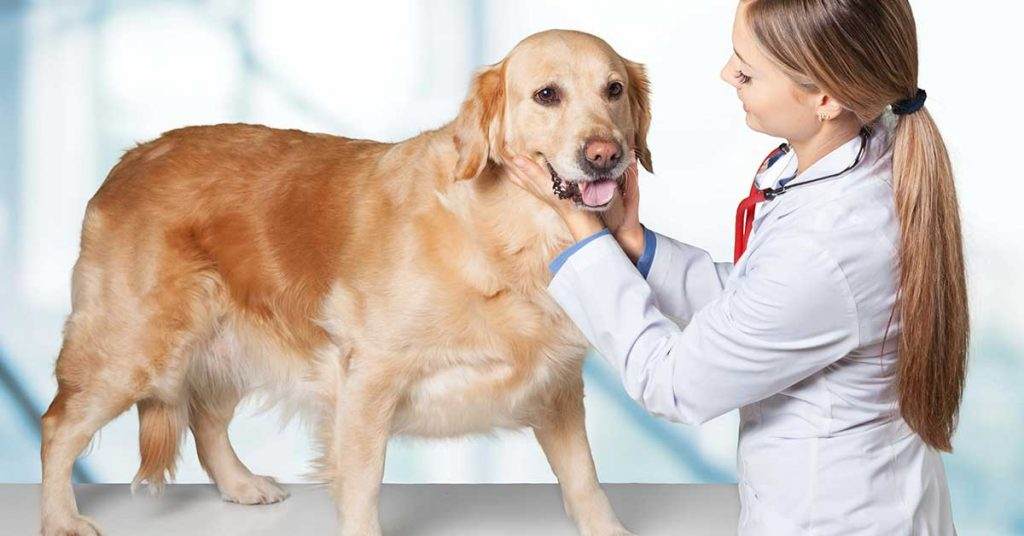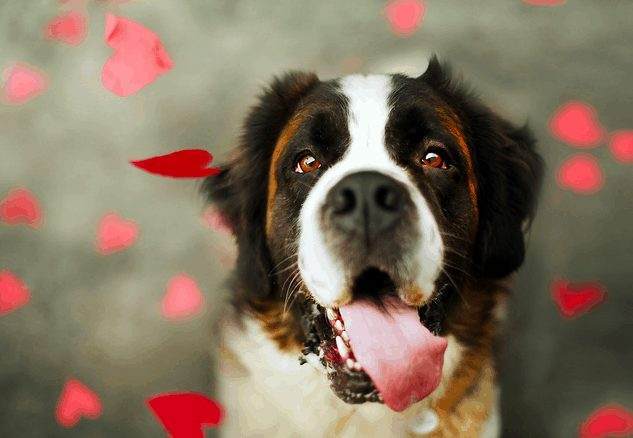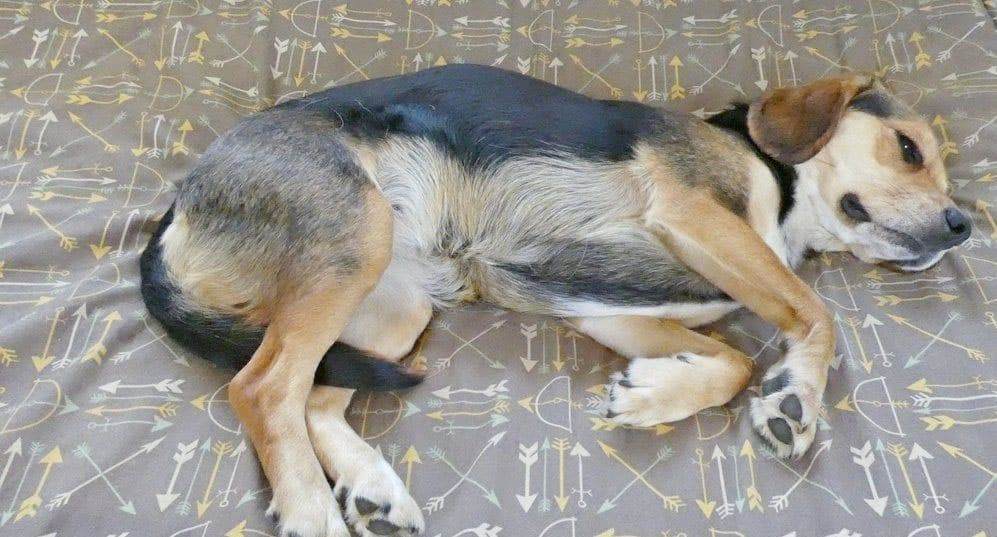In order to take care of the eyes of your dog, you should regularly inspect the eyes of your dog, keep his hair short near the eyes and don’t let soap or foreign things get into his eyes. The best and most common precaution to take is to keep his head inside when he is traveling in the car.
The eyes of a dog play a virtually miraculous role. They convert reflected light into some nerve impulses which the brain utilizes to form different images of the world. For the eyes to work well, all parts of the eyes must be healthy.
However, dogs are usually prone to developing various eye problems. Some of these problems might be age-related, while others can be brought by trauma, illness, and other factors as well.
The most important thing is for the problem to be identified and also examined by a veterinarian professional as soon as possible. That is because some conditions in pets can be serious enough that they might result in the physical loss of a dog’s eye or blindness.
Common Problems With Dog’s Eyes
If you own a dog, then you are no doubt used to treating it for ticks, worms, and fleas. You perhaps also have them vaccinated every year to protect against diseases like Kennel Cough and Infectious Canine Hepatitis.
However, just like humans, they can also suffer from some health issues. Here are some of the most common eye problems that usually affect canines, and what you can do if your dog displays the symptoms and signs of any one of them.
1. Cataract
Cataract are usually a popular age-related condition where the lens of the dog’s eye becomes opaque and clouded. Cataract can significantly reduce the vision of a dog because they prevent light from getting to the back of the dog’s eye. If the condition is severe enough, it can eliminate the ability of a dog to see using the affected eye.
Generally, cataract are not painful, and in most cases, a canine can become accustomed to its reduced sight pretty easily. However, a surgical procedure is an option if your canine friend is unable to adjust.
2. Entropion
Entropion is a genetic eye illness, but it can also be brought by secondary factors. This condition is easily identified when a part of the puppy’s eyelid is folded inward or inverted.
If it is not fixed at an early stage, entropion can lead to inflammation and injury to the affected eye, especially if the eyelashes of the dog rub against the cornea.
That can result in the eye being perforated or the formation of corneal ulcers, both of which can make scar tissues to accumulate over the cornea at times to the point that the canine is rendered blind especially in the affected eye.
The treatment for entropion often depends on the seriousness of the cause and case. In mild cases, using lubricating eye drops can assist along with some antibiotic ointments if the eyes are not perforated or ulcerated.
Surgery is also another option, but in severe cases, reconstructive face surgery might be needed.
3. Cherry Eye
The third eyelid of a dog rests unseen beneath the inner corner of its eye when it’s healthy. Within this eyelid you will see a tear gland which can pop out, giving your canine friend a cherry-like lump in the corner of its eye.
Some dog breeds are genetically prone to cherry eye, and the ligaments that hold the eye in place can weaken, making the gland to pop out. Cherry eye can only get treated through surgery to reattach the tear gland back into its position.
4. Conjunctivitis
Conjunctivitis, popularly known as pink eye, is an inflammatory illness that affects the mucous membrane of a dog’s eye or conjunctiva. If your fur friend has conjunctivitis, the affected eye will appear swollen and red, and it will also have discharge as well.
Conjunctivitis isn’t an independently occurring problem; instead, it’s usually a sign of another problem or disease. It can be caused by viral infections or bacterial infections, physical irritation, and allergic reactions such as from dust getting into the eyes or long eyelashes scratching the eyes.
If you think your puppy has pink eye, you should take it to the veterinarian as soon as possible, because it might be caused by an infection. Some of the most common treatment for pink eye in dogs includes eye drops or antibiotic ointment.
5. Glaucoma
Glaucoma refers to a painful eye illness that develops as a result of liquid accumulating inside the eye, increasing the pressure in the eyes. In severe cases, this condition causes the eye of a dog to appear enlarged since the liquid does not drain like it would in a normal and healthy eye.
Some of the early symptoms of glaucoma can include redness, excessive tear production, a cloudy cornea, a dilated pupil, and a visible third eyelid. If you think your canine friend has glaucoma, then it’s important to get it to the vet as soon as you can.
Glaucoma can, at times, progress to the point that the eye of your dog might go blind or even rupture. Treatment for glaucoma usually involves anti-inflammatory topical and oral medications and drugs specifically designed to assist in improving the process of draining fluid from the eyes.
6. Progressive Retinal Atrophy
Among all the eye problems a canine can have, PRA (progressive retinal atrophy) is the most difficult to identify. In some cases, the eyes of your dog might look healthy, yet it is gradually losing its sight.
Due to this, the most common symptom that a dog may have PRA is difficulties seeing in dark areas. PRA condition is painless and has no cure. However, since the loss of sight occurs gradually, your dog will easily adapt well to the situation.
7. Epiphora
Epiphora is the name used to describe excessive tear production in dogs. Epiphora isn’t an independent condition, but rather a sign of another problem, with a blockage in the tear duct being the most common of all.
Symptoms of this condition often include wetness or dampness under the eye, odor, skin irritation, and brown stains below the affected eye.
Treating epiphora usually depends on the primary cause. Once the root cause gets treated, it will easily clear up. However, if the lacrimal duct blocks, then a small device is used to remove the obstruction.
If the duct doesn’t open after the flushing, then a surgical procedure might be needed to repair the lacrimal duct.
8. Ectropion
Ectropion is usually a condition where the lower eyelid of your dog droops. It’s usually a genetic condition found in dog breeds with loose skins, such as Bassett Hounds, Great Danes, Bloodhounds, Bullmastiffs, St. Bernards, and many others, but it can also be brought by traumatic injuries as well.
The drooping eyelids might be accompanied by excessive tearing and conjunctivitis. Pets with ectropion are at a high risk of developing some eye infections. Ectropion is usually managed using eye drops to assist in reducing the risk of infection and inflammation.
In severe cases, a surgical procedure is the best option to assist in reducing the drooping.
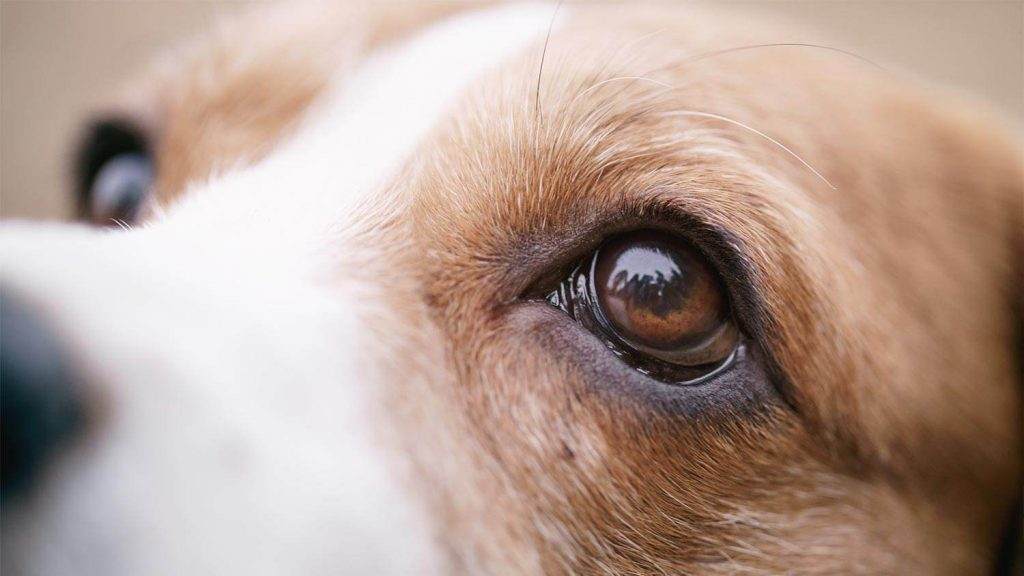
Tips for Caring For the Eyes of Your Dog
1) Look into the eyes of your dog
One of the best methods of spotting issues with your canine’s eyes is to gaze into them frequently. You should look specifically into your puppy’s eyes to check if they are: bright and clear, there’s white around each eyeball, the pupils are equal in size, and no crust in the corner of both eyes or discharge from the eyes.
The other things you should look for include: a change in the eye color, rubbing of the eyes, and cloudiness. If you find any of these signs, you should consider taking your dog to a veterinarian to get a proper examination.
2) Keep the hair of your dog short especially around the eyes
Contingent on the breed of your canine, you might find they are susceptible to long hair on their faces, which may lead to eye irritations and even injury. To prevent this, you can regularly trim your dog’s hair, especially around the eyes using scissors that have rounded tips.
By keeping your dog’s hair around its eyes short, you will be protecting the dog from scratches and pokes from unruly hair.
3) Protect the eyes of your dog during bathing time
While giving your canine friend a shower or bath is essential, you should be careful when doing this to avoid causing any irritations to the eyes of your dog.
Most shampoos and soaps contain some harmful chemicals which can cause major irritations for your canine, especially if the product gets into the eyes of your dog.
If possible, only shower or bathe your dog using products that are specifically designed to be safe for pets. However, even with these products, it is best to ensure that they don’t get into contact with the eyes of your dog.
4) How to Clean a Dog’s Eye Infection
Just like human beings, the eyes of a dog can naturally collect dirt and gunk around them. Unfortunately, pets have the added issue of not being able to reach their eyes. Nevertheless, you can assist your dog by utilizing a wet cotton ball to cleanse the corner of its eyes carefully.
You should always wipe away and outward from the eye to avoid scratching the cornea. The other thing you can do to keep your dog’s eyes healthy and clean is to use some eye drops specifically made for dogs.
With anti-fungal and anti-bacterial properties, eye drops formulated for canines can quickly and easily clear common eye problems such as irritation, stinging, and conjunctivitis. You can choose to frequently use eye drops to keep the dog’s eyes clean and healthy or use them only when your pet experiences eye issues.
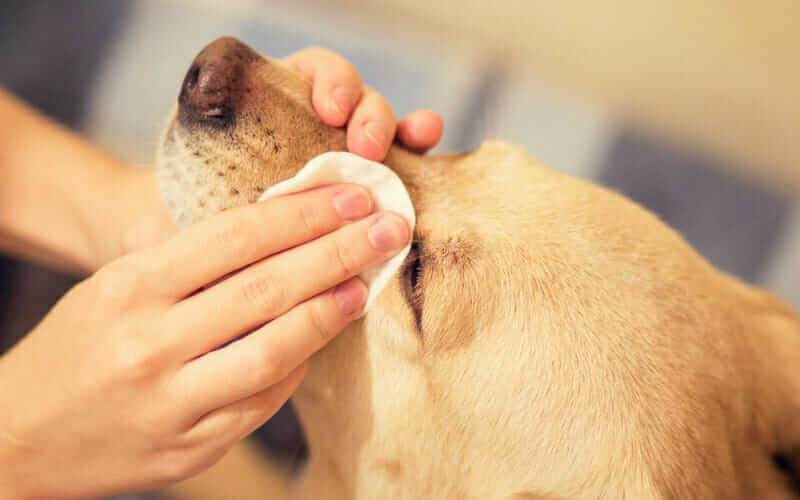
5) Don’t allow your dog to stick its head out of the car window
By allowing your canine friend to stick its head out of your vehicle’s window, the wind generated by driving at high speed can cause your dog to have dry and irritated eyes. Besides, you will also be putting the eyes of your dog at risk of damages from flying insects or debris.
While it’s a good practice to open your car’s window to allow some fresh air to circulate, ensure that the window is not opened far enough to allow your dog to poke its head out.
Dog Eye Care Natural Remedies
Do check out this video for some of the natural at-home remedies which you can try for your dog:
Conclusion
The eyes of your dog serve an incredibly practical purpose. Without healthy eyes, your pet will not be able to follow you around your house, chase a toy, or even enjoy the view from your back window.
While most dogs are born with pretty healthy eyes, some of them develop problems as they age. Some genetic conditions such as glaucoma and progressive retinal atrophy can affect even young dogs, leading to a gradual loss of sight and blindness in the long run.
Other eye problems can result from infection or traumatic injury to the eye. Aging can also lead to problems such as cataract and other forms of progressive blindness as well.
If you are also concerned about the overall proper grooming of your dog then you can check my article on grooming tips for eyes, ears, fur and teeth. It has been referred to by thousands of people visiting my website.
Ensure that you implement the tips discussed above to give your canine friends the best chance of maintaining healthy eyes throughout their lifetime.
And if you ever find yourself in doubt about the health of your dog’s eye, it’s always wise to consult your veterinarian for advice.
References
Table of Contents
